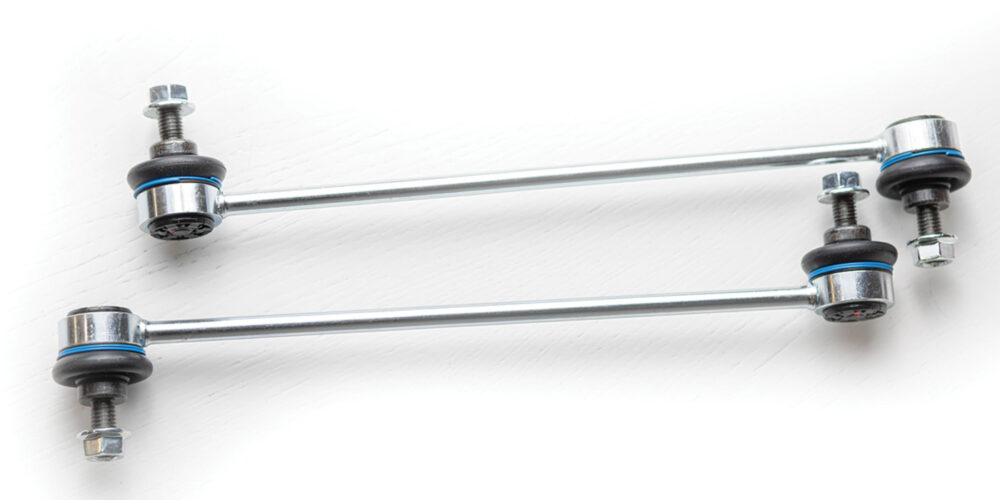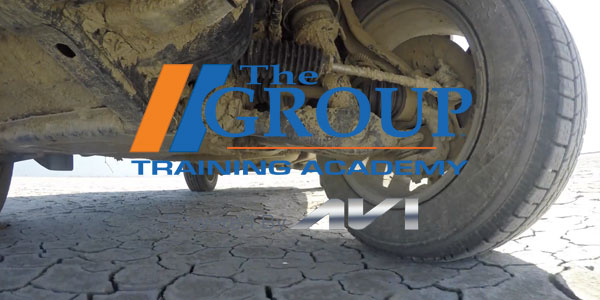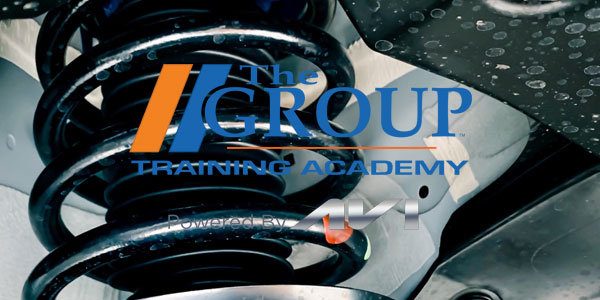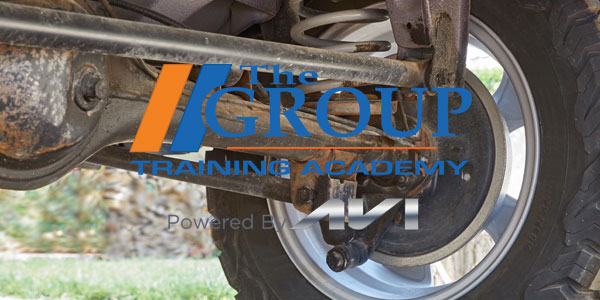Stabilizer bars. You may know them as sway bars or anti-sway bars. You may know them as roll bars or anti-roll bars. They’re all the same thing, and it’s generally understood they improve handling … but how?
Any time a vehicle is turning, the forces that act upon it cause the body to roll, sway or tip away from the turn. It’s the laws of physics at work. In extreme situations, these forces can cause a vehicle to tip over, though that’s generally only the case with taller trucks and vans, and rare at that. You really have to be moving for that to occur. The real factor is how they negatively affect handling and how a stabilizer bar can prevent it from happening.
Picturing this “tipping” affect helps us understand how a stabilizer bar works. When driving in a straight line, the weight of the vehicle is evenly distributed between left and right. In a turn, as the vehicle body leans, it shifts the weight to the tires on the outside of the turn, compressing the suspension on the outside in the process. This shift in weight causes a loss of traction on the inside, resulting in poor handling and potentially the loss of control.
A stabilizer bar connects one side of the suspension to the other. They can be located in the front, rear or both. They’re mounted to the frame or body with brackets and bushings, and connect to the suspension at the control arms or struts. The connection at the suspension can be a bracket and bushing or a link, which is the most common today.
When any suspension movement occurs, that movement is transferred into the stabilizer bar, which then is transferred through it to the suspension on the other side. This balances the compression of the suspension on both sides, eliminating body roll, balancing the weight distribution of the vehicle and providing optimum traction and handling.
You’ve likely heard the terms oversteer and understeer. Understanding and controlling them is one of the most important aspects of performance driving, and it’s an important aspect of new-car design. They’re relevant in this context because both are affected directly by the action of the stabilizer bar.
For this reason, adding or changing stabilizer bars is a common practice for those who look to improve the handling performance of their car. If you increase the stiffness of the rear stabilizer bar or decrease the stiffness of the front, you reduce understeer. If you increase the stiffness of the front stabilizer bar or decrease the stiffness of the rear, you reduce oversteer. Someone who is building their car for performance or racing will spend hours on stabilizer-bar adjustments alone until they “tune” the handling of their car.
For many years, sway bars were just an option, or only located in the front. But due to the improvement in handling they provide, most of today’s cars and trucks have them.
Stabilizer bars are just a piece of metal. Some are a solid bar, some are hollow. Each one offers different performance aspects in how much they twist versus how much force it can transfer to the other side of the suspension. In addition, performance stabilizer bars and/or their connecting links often are adjustable at each end to provide an additional range of tuning.
One drawback associated with stabilizer bars is they can affect the overall ride quality of a vehicle. The stiffer the sway bar, the better a vehicle may handle – but the worse it will ride. In trucks and SUVs, the sway bar limits suspension travel, which is a drawback to those who use them for off-roading.
Leave it up to technology to take it one step further with active and electronically disconnecting stabilizer bars. Active stabilizer bars are found on some luxury performance cars. They work by using an electric motor and gears to vary the stiffness of the stabilizer bar when needed for cornering. The ability of these systems to make instant corrections is nothing short of impressive with the outstanding handling characteristics they make possible.
Electronically disconnecting stabilizer bars – popular on some new trucks and SUVs – use gearing similar to that in a manual transmission to physically disconnect the two halves of a stabilizer bar to allow maximum suspension movement. They will reconnect only once the vehicle is on level ground. Stabilizer bars are a fundamental part of suspension design and operation, and technology has made them even better. That’s something we all can “handle.”













